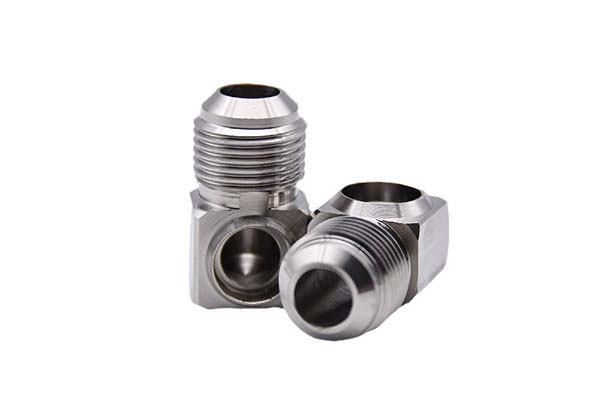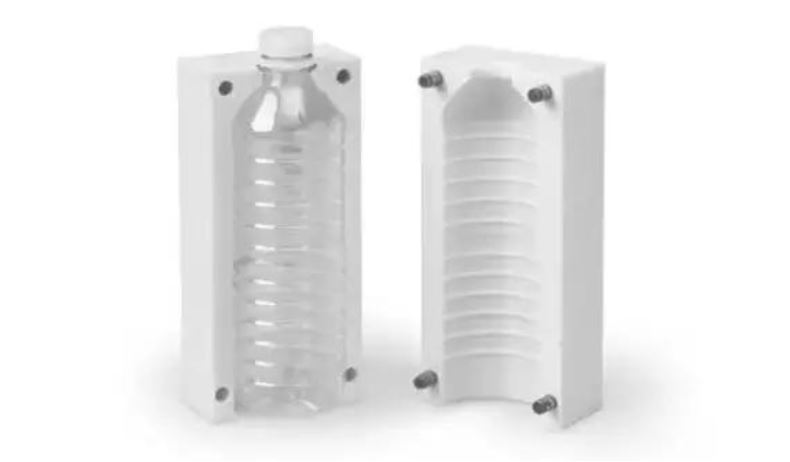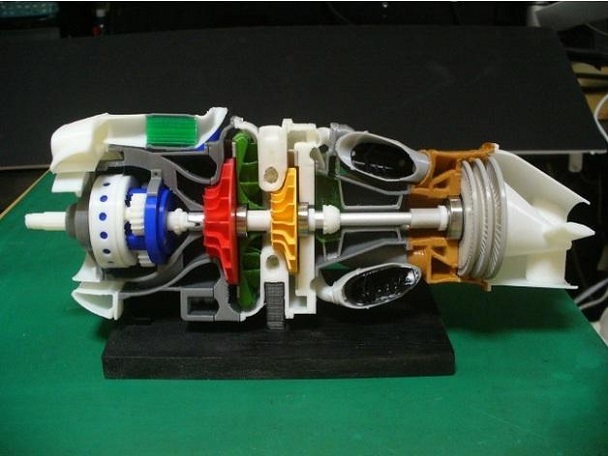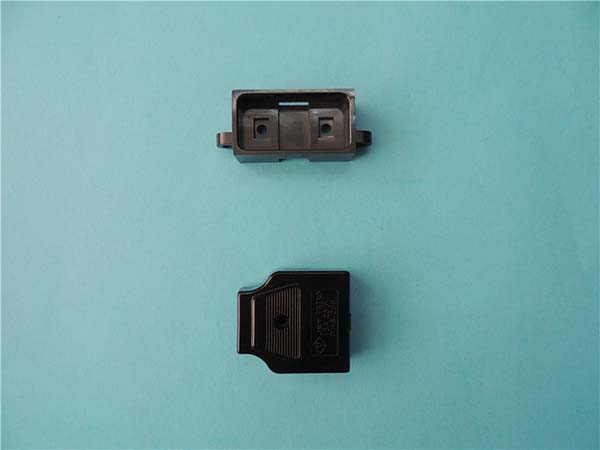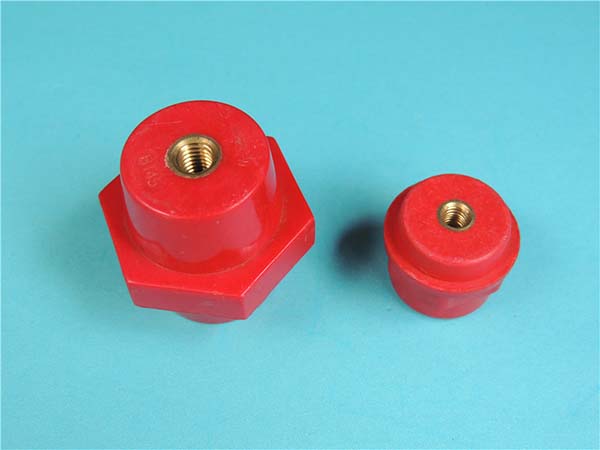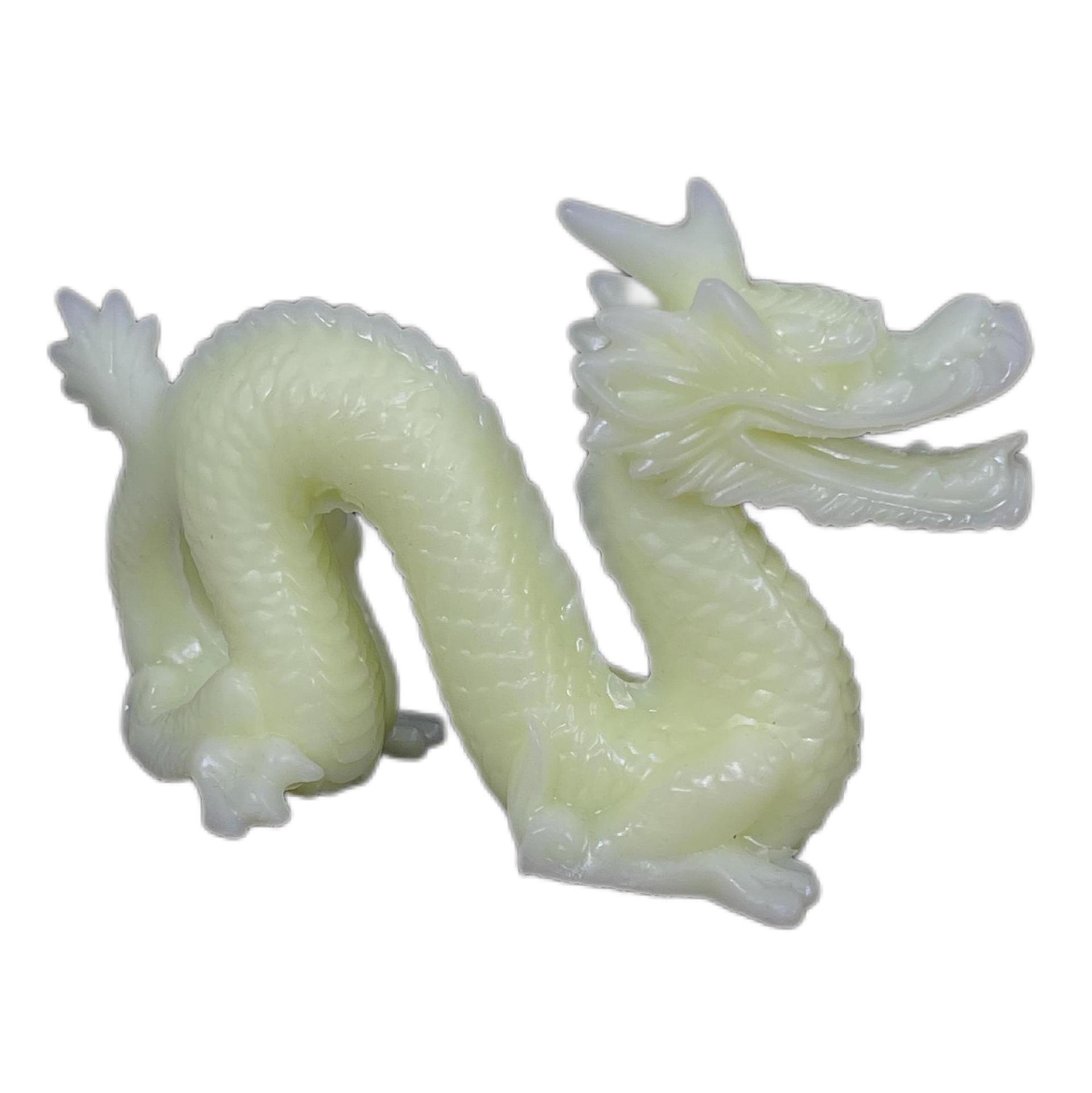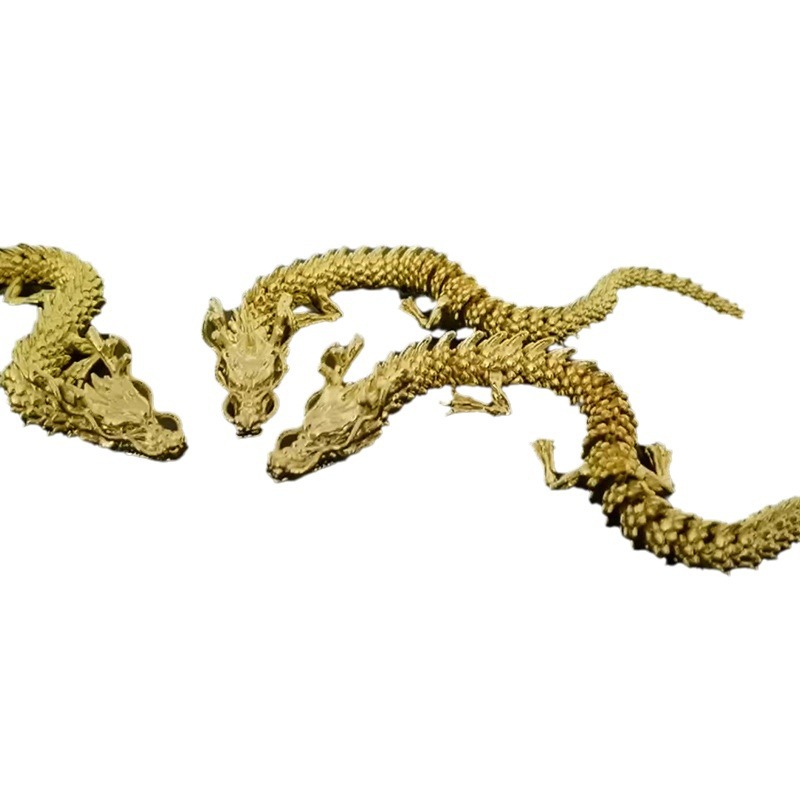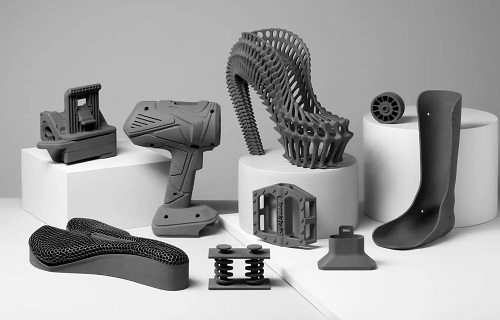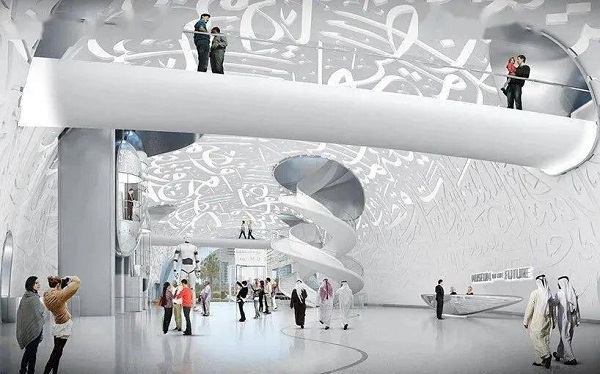Introduction
1. What Exactly Are 3D Printed Pieces?
1.1 Definition and Basic Principle
3D printed pieces, also known as additive manufacturing parts, are three - dimensional objects created by adding layer upon layer of material based on a digital model, typically a CAD (Computer - Aided Design) file. This is in contrast to traditional subtractive manufacturing methods, which remove material from a larger block to create the desired shape.
The basic principle of 3D printing can be likened to building a loaf of bread, layer by layer. First, a 3D model is designed on a computer. This model is then sliced into numerous thin cross - sectional layers by the 3D printer's software. The printer then deposits the chosen material in precise patterns, one layer at a time, until the entire 3D object is constructed. For instance, in a fused deposition modeling (FDM) 3D printer, a spool of plastic filament is melted and extruded through a nozzle. The nozzle moves in the X, Y, and Z axes according to the digital design, depositing the molten plastic in the right places to form each layer. Once a layer is complete, the build platform moves down slightly, and the next layer is added on top.
1.2 Materials Used in 3D Printing
3D printing uses a wide variety of materials, each with its own set of characteristics and ideal applications.
- Plastics: One of the most common materials for 3D printing. For example, PLA (Polylactic Acid) is a biodegradable plastic made from renewable resources like corn starch or sugarcane. It has a relatively low melting point, making it easy to print with FDM printers. It is often used for creating prototypes, art pieces, and small consumer products due to its ease of use and relatively low cost. ABS (Acrylonitrile Butadiene Styrene), on the other hand, is more durable and heat - resistant. It is frequently used in applications where strength is required, such as in the production of functional parts for electronics or small mechanical components.
- Metals: Metals like titanium, aluminum, and stainless steel can be 3D printed. Metal 3D printing often involves using powder - based methods such as selective laser melting (SLM) or electron beam melting (EBM). Titanium, for example, is used in aerospace and medical applications. In aerospace, 3D - printed titanium parts can be designed to have complex internal geometries that are lighter yet still strong enough to withstand the extreme conditions of flight. In the medical field, 3D - printed titanium implants can be customized to fit a patient's unique anatomy. Aluminum is popular in the automotive industry for its lightweight properties, and 3D - printed aluminum parts can help reduce vehicle weight and improve fuel efficiency.
- Ceramics: Ceramic 3D printing is becoming more prevalent. Ceramic materials offer high heat resistance, chemical stability, and hardness. They are used in applications such as producing high - temperature components for the aerospace and energy industries, as well as in the creation of artistic and decorative objects. For example, 3D - printed ceramic tiles can have intricate patterns that would be difficult to achieve with traditional manufacturing methods.
- Composites: These are materials made by combining two or more different materials to achieve specific properties. For example, carbon fiber - reinforced composites can be 3D printed. The addition of carbon fiber to a base material like plastic significantly increases its strength - to - weight ratio. These composites are used in high - performance applications such as in the production of sports equipment (e.g., bike frames) and in some advanced automotive components.
The choice of material depends on factors such as the intended use of the 3D - printed piece, the required mechanical properties, cost, and the type of 3D printing technology available.
3. Applications of 3D Printed Pieces in Different Industries
3.1 Healthcare
In the healthcare industry, 3D printed pieces have revolutionized several aspects of patient care. One of the most prominent applications is in the manufacturing of prosthetics. Traditional prosthetics often have a one - size - fits - most approach, which may not provide the best fit for every patient. With 3D printing, prosthetics can be customized to fit an individual's unique limb shape. For example, a young child who has lost a limb can receive a 3D - printed prosthetic arm that is tailored to the growth rate and size of their remaining limb. This not only improves the comfort of the prosthetic but also its functionality.
3D printing is also crucial in the production of implants. In the case of hip implants, 3D - printed titanium implants can be designed with porous structures that mimic the natural bone structure. This allows for better osseointegration, where the implant fuses with the patient's bone, reducing the risk of implant rejection and improving long - term stability. A study published in the Journal of Biomedical Materials Research found that patients with 3D - printed porous hip implants had a 30% faster recovery time compared to those with traditional implants.
Moreover, 3D - printed surgical models are being used to enhance surgical planning. Surgeons can create highly detailed 3D models of a patient's organs, such as the heart or brain, before a complex surgery. For instance, in a recent neurosurgery case, doctors used a 3D - printed model of a patient's brain with a tumor. This model helped them to better understand the tumor's location in relation to vital blood vessels and nerves, resulting in a more successful and less invasive surgery.
3.2 Aerospace
The aerospace industry has greatly benefited from 3D printed pieces. Weight reduction is a critical factor in aerospace design, as it directly impacts fuel efficiency and overall performance. 3D printing enables the creation of lightweight, yet strong, components. For example, in the production of aircraft engine parts, 3D - printed titanium components can be designed with intricate internal lattice structures. These structures reduce the weight of the parts by up to 40% while maintaining or even improving their strength and heat - resistance properties.
In the SpaceX Starship program, 3D - printed components have played a significant role. The Raptor engines used in the Starship are made with numerous 3D - printed parts. These parts not only contribute to the engine's high - performance capabilities but also allow for faster production times. By using 3D printing, SpaceX was able to reduce the production time of certain engine components by half, enabling them to iterate and improve their engine designs more quickly.
Another application is in the manufacturing of satellite components. 3D - printed satellite brackets can be designed to have a high strength - to - weight ratio, allowing satellites to carry more payloads or operate more efficiently with the same amount of fuel. A case in point is the CubeSat program, where many CubeSats use 3D - printed parts to keep their weight down and increase their functionality within the constraints of their small size.
3.3 Automotive
In the automotive industry, 3D printed pieces are being used in multiple ways. One key application is in the production of custom - made parts. Car enthusiasts and aftermarket companies can use 3D printing to create unique body kits, interior components, and even engine parts that are tailored to their specific needs. For example, a luxury car customization company might use 3D - printed carbon - fiber - reinforced plastic parts to create a one - of - a - kind body panel for a high - end sports car, enhancing its aerodynamics and visual appeal.
3D printing is also essential for rapid prototyping in automotive design. Car manufacturers can quickly produce 3D - printed prototypes of new car models or components to test and refine their designs. For instance, Ford Motor Company uses 3D printing to create prototypes of new car parts in a matter of days, rather than weeks or months as with traditional manufacturing methods. This allows them to speed up the product development cycle, reducing costs and getting new car models to market faster. These prototypes can be used for fit - and - function testing, as well as for wind tunnel testing to optimize the vehicle's aerodynamics.
Yigu Technology's Viewpoint
As a non - standard plastic and metal products custom supplier, Yigu Technology recognizes that 3D printed pieces have brought new opportunities to the custom production field. The ability to create complex and customized parts through 3D printing aligns well with our commitment to providing unique solutions for our clients.
We understand that while 3D printing offers great potential, it also comes with challenges such as high - cost materials, limited printing speed, and quality control issues. However, we are constantly working on technological research and development to overcome these obstacles. For example, we are exploring new materials and optimizing printing processes to reduce costs without sacrificing quality.
By collaborating with leading 3D printing technology providers and research institutions, we aim to stay at the forefront of this technology. We believe that by leveraging the advantages of 3D printing, such as rapid prototyping and customized production, we can better meet the diverse needs of our customers and contribute to the development of the non - standard plastic and metal products industry.
